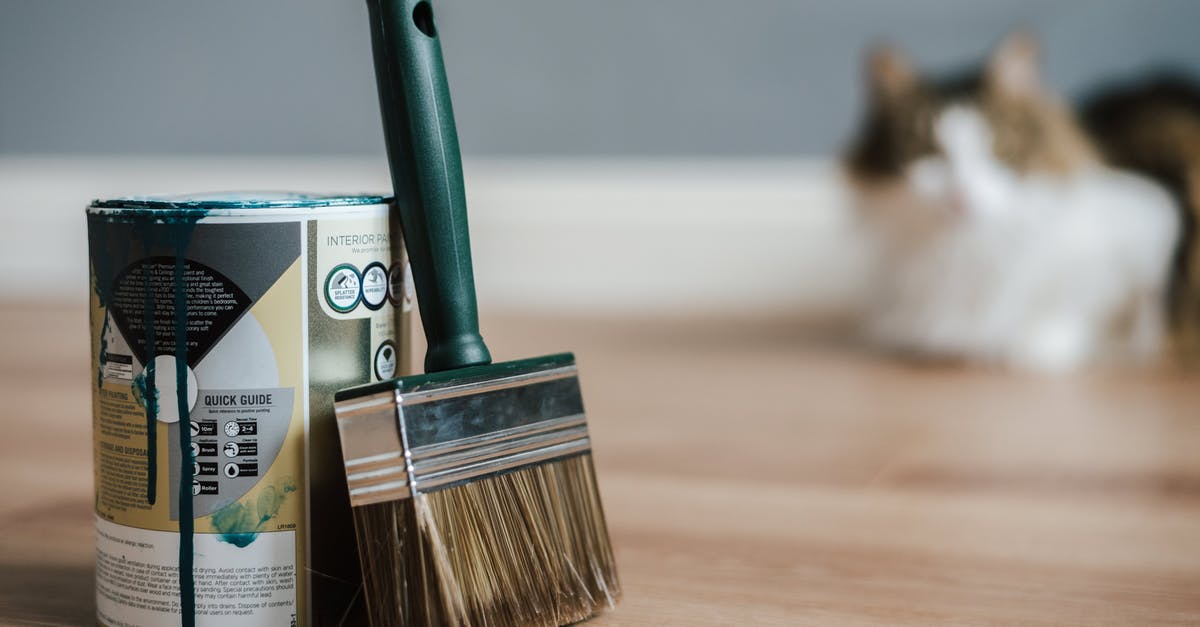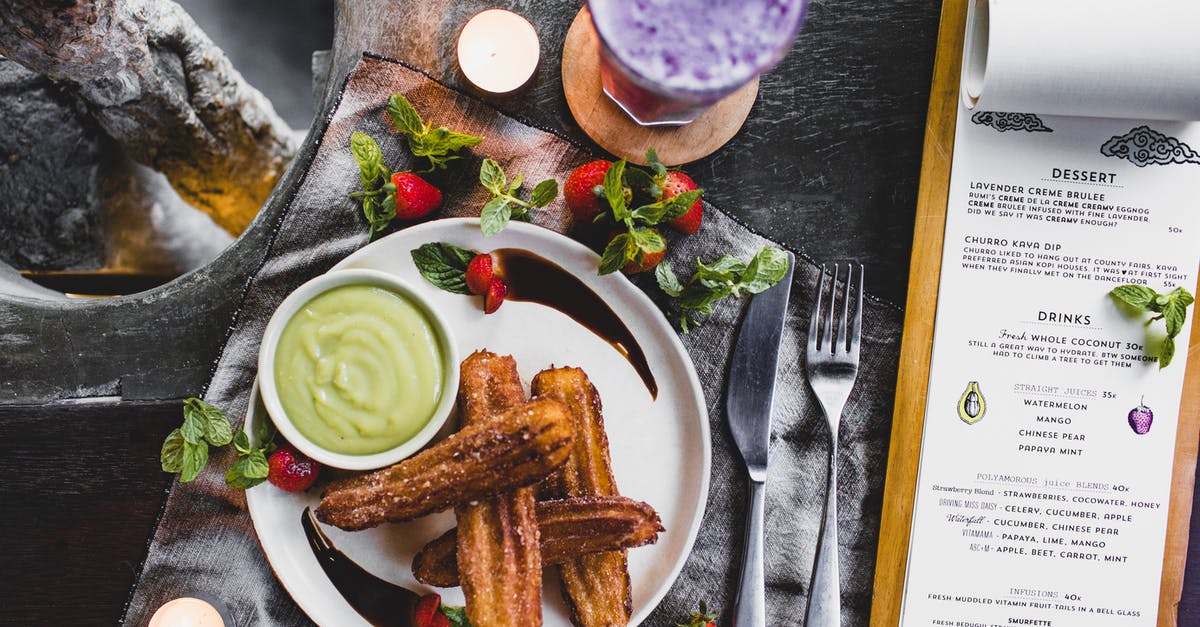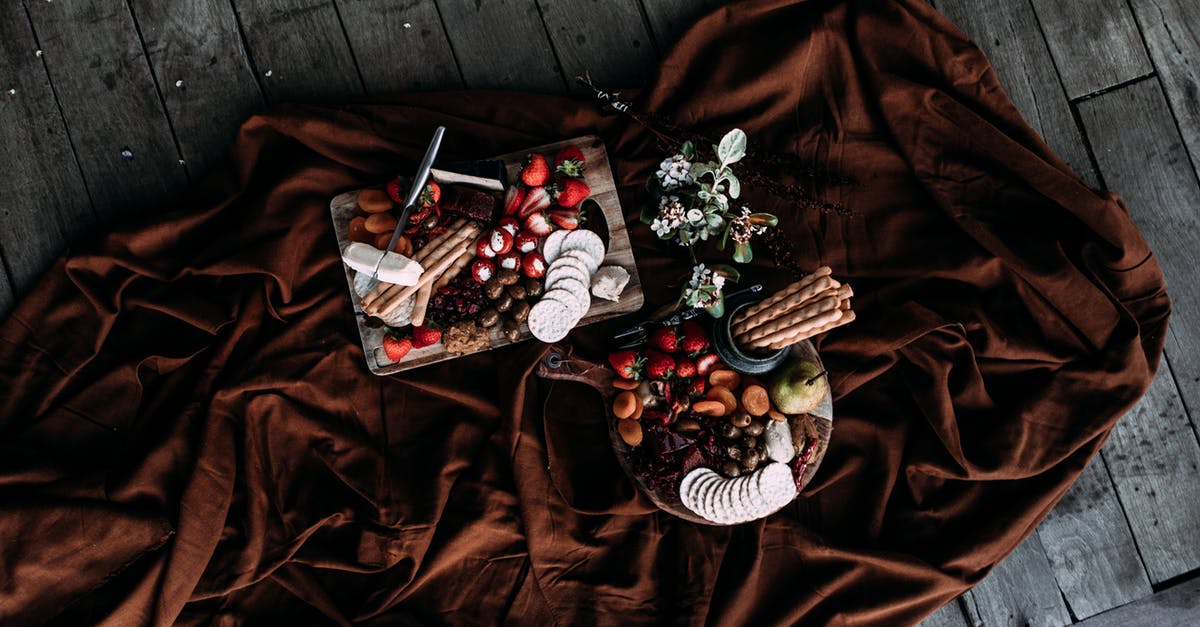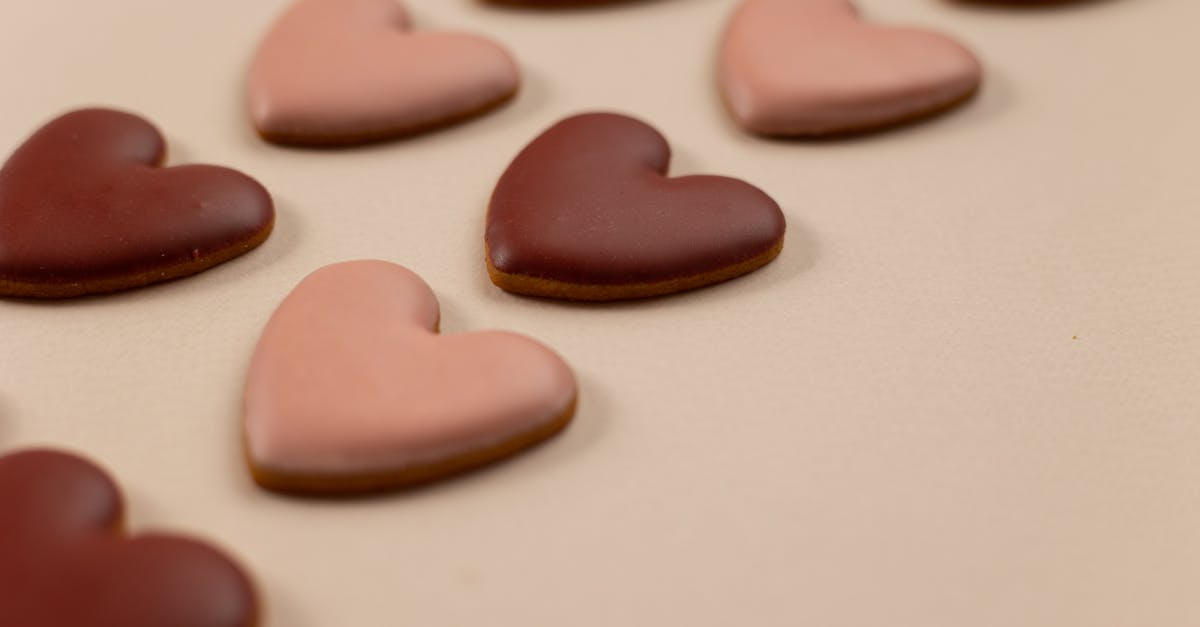How can I make melted chocolate set faster?

I am going to be operating a stand selling frozen bananas (just like in Arrested Development), and we dip the bananas in chocolate. I bought some milk and dark chocolate wafers that can be used in fondu fountains, however we have no fountain. We will just be dipping the bananas in the warm chocolate.
My question is, how can I decrease the setting time of the chocolate? That is, I want the chocolate to solidify into a shell around the banana as quickly as possible so that the chocolate doesn't drip off the banana. Is there something that I can add to the melted chocolate wafers to decrease the set speed?
Edit: Just found this question, thanks to rumtscho's comment. No-melt chocolate coating on ice cream bars
Best Answer
Real chocolate (cocoa solids, cocoa powder, and sugar) is not the best thing for what you want. If properly handled, it can give you a great tasting glaze - but you don't have the conditions to handle it properly (slow cooling), so you will run into problems with it (bad texture, sweating, bad looks/dull). Also, it won't be a really snappy shell. And at this temperature, the good flavor is not very noticeable anyway.
What you want to use is cocoa-containing fat glaze. This is the stuff which commercial "chocolate" coated ice cream like the Magnum brand uses. It is sold in supermarkets as "chocolate cake glaze" and similar names, but check the ingredient list to be sure. It should consist of cocoa solids and vegetable fat, possibly some emulsifiers too.
You should only melt your glaze, preferably have a low-temperature water bath at your booth (not full boil), and hold the glaze there for dipping. Don't add milk at all. Milk is a bad choice for chocolate covering anyway. Cream is used for making cake icings called ganache (mixed with real chocolate, not this glaze stuff), but it makes a soft, smeary icing, not a hard, snappy shell. Use the glaze the way it is, without adding anything.
This glaze is quite hard at room temperature already. A thin layer of it on a frozen banana should go to below room temperature almost instantly. I think you will have your shell without any special preparation. But I have never done it this way, so I would advise you to experiment. If my hunch is wrong, there still isn't anything you can add - this stuff doesn't harden because of anything added, it hardens because at room temperature, it is a hard solid. So your only way to speed hardening is to return the banana to the freezer for a short time. But then you are likely to get a condensation problem, so keep it as short as possible.
Pictures about "How can I make melted chocolate set faster?"



How can you make melted chocolate dry faster?
Tempering is a bit time consuming and really needs to be done precisely, but it gives a much nicer finish and mouth feel to the chocolate. However, if you aren't overly concerned about that and just want the chocolate to set faster, you can pop it in the fridge or freezer for a few minutes.How do you get melted chocolate to set?
Simply melt semisweet chocolate by itself or with a little cream or butter. Dip, then refrigerate. When the chocolate is cooled, it hardens.How long does it take melted chocolate to set?
If the chocolate is in temper it will harden quite quickly (within 3 to 5 minutes) and become firm and shiny. If you touch it, your finger will come away clean. The offset spatula on the top was dipped into chocolate that was melted and then allowed to cool; it's dull and not properly tempered.3 Super Easy Ways to Perfectly Melt Chocolate | You Can Cook That | Allrecipes.com
More answers regarding how can I make melted chocolate set faster?
Answer 2
Modifying the chocolate mixture will be more delicate and time consuming than just keeping the bananas cool. If it were me, I would just look into that. Not too cool, mind you, or that would obviously affect the banana, but certainly cooler than the ambient outside temperature. In Arrested Development, it was a FROZEN banana stand. The chocolate would set very quickly in that case.
Sources: Stack Exchange - This article follows the attribution requirements of Stack Exchange and is licensed under CC BY-SA 3.0.
Images: Anete Lusina, ROMAN ODINTSOV, Rachel Claire, Monstera
